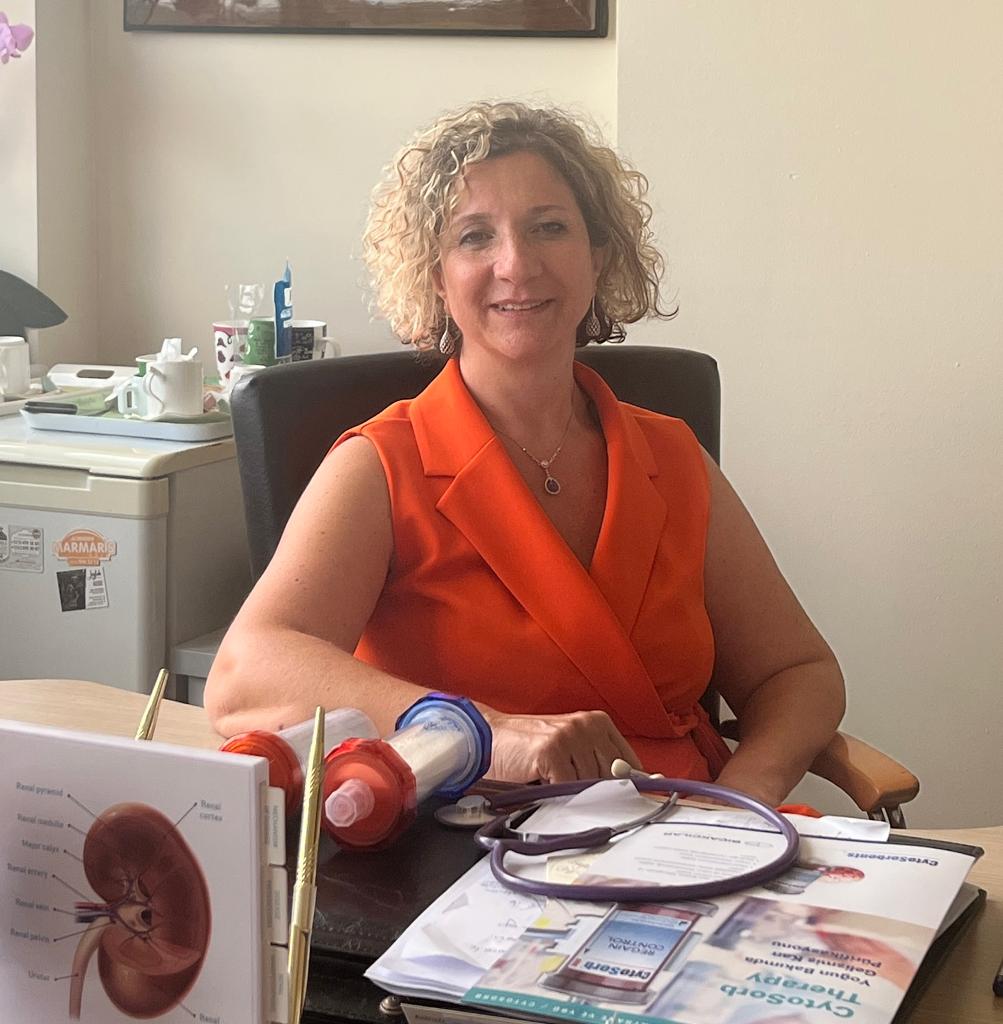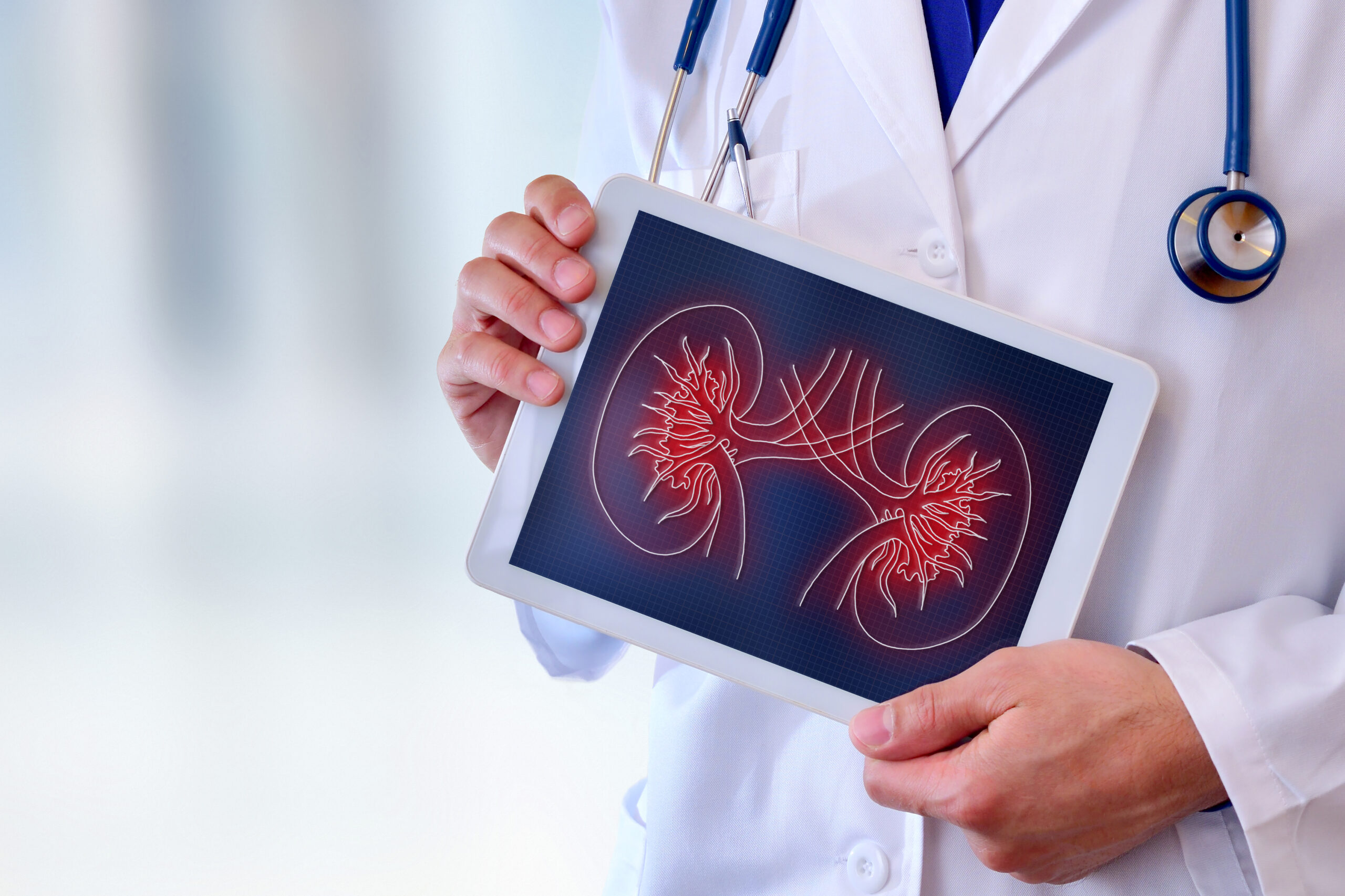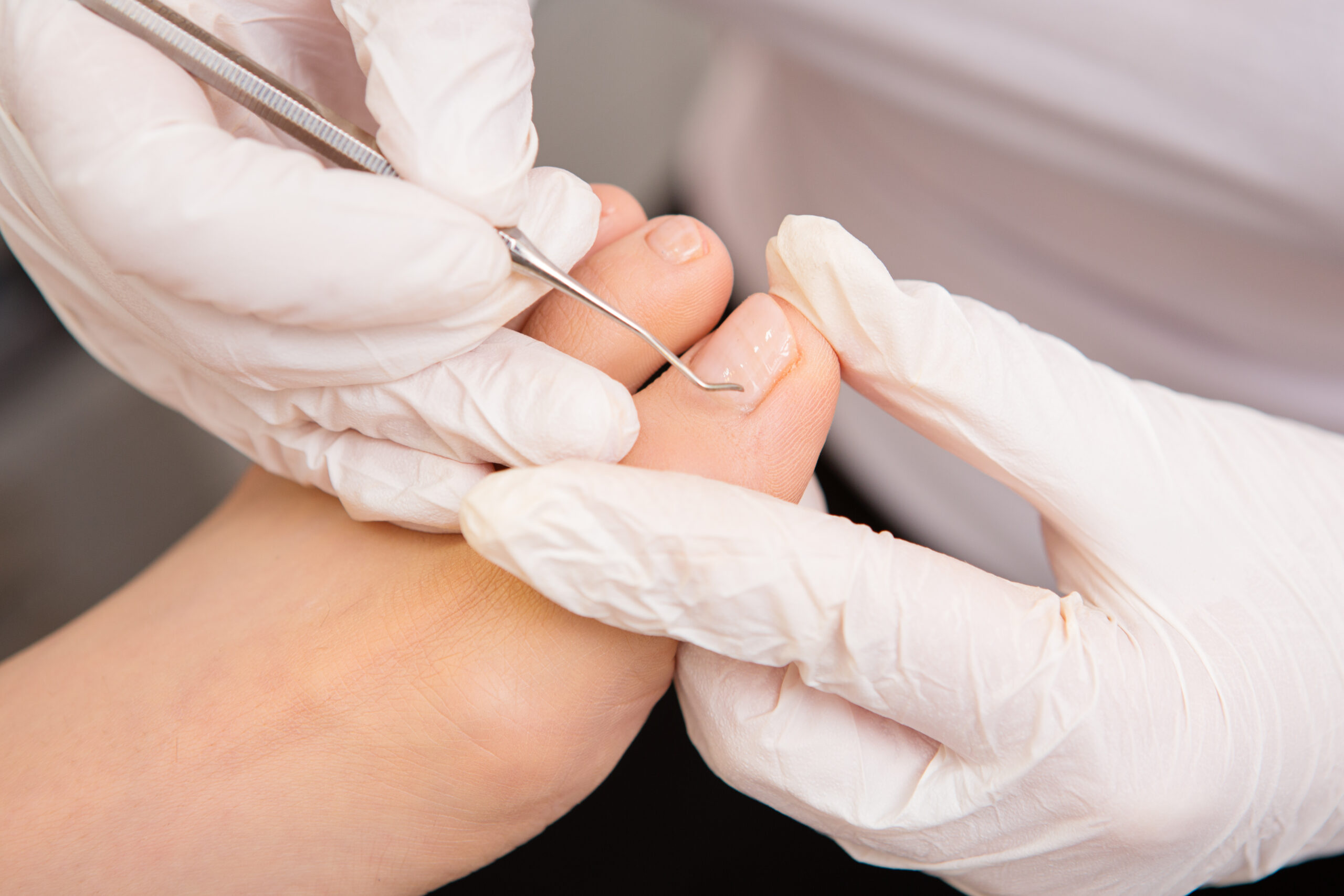Chronic kidney failure affects the whole body! Pointing out that chronic kidney failures can lead to multiple organ failures, Prof. Dr. Melike Betül Öğütmen, Nephrology Clinic Administrative and Education Officer Haydarpaşa Numune Training and Research Hospital, the University of Health Sciences made important statements on the subject.
 Stating that the conditions in which the kidneys cannot perform their functions are defined as kidney failure, Prof. Dr. Melike Betül Öğütmen summarized the transformation of this situation into chronic kidney failure as follows; “Acute (sudden onset) kidney failure that occurs within hours or days of kidney function decline is called chronic (permanent) kidney failure when the functions are not fulfilled for a while (3 months) and this situation continues.”
Stating that the conditions in which the kidneys cannot perform their functions are defined as kidney failure, Prof. Dr. Melike Betül Öğütmen summarized the transformation of this situation into chronic kidney failure as follows; “Acute (sudden onset) kidney failure that occurs within hours or days of kidney function decline is called chronic (permanent) kidney failure when the functions are not fulfilled for a while (3 months) and this situation continues.”
Pointing out that the disease can have many different causes, Öğütmen said, “The treatment of kidney failure may vary depending on the cause of the disease, as well as whether it is acute (sudden) onset or chronic. In sudden onset kidney failure, usually eliminating the underlying cause will be curative.
In addition, in chronic kidney failure, recommendations specific to the cause of the disease can be made, such as regular follow-up of the patient, lifestyle changes (smoking cessation, salt restriction, ideal weight, healthy diet, etc.), keeping blood sugar within appropriate limits in diabetes patients, and keeping blood pressure under control in blood pressure patients.
In cases where almost all of the kidney functions are impaired, which is the most advanced stage of chronic kidney failure, which is called end-stage renal disease, kidney replacement treatments are on the agenda.
These are listed as home treatments, home hemodialysis, peritoneal dialysis (abdominal dialysis), central treatment (hemodialysis treatment in dialysis centers), kidney transplantation. However, it should not be forgotten that these applications are the current treatment methods for the most advanced stage of kidney failure.
Delivering the differences between peritoneal dialysis and hemodialysis treatment methods in chronic kidney failure, Prof. Dr. Melike Betül Öğütmen continued her words as follows, “Peritoneal dialysis is the purification of the patient’s blood from harmful substances by using the patient’s own peritoneum, with a specially prepared solution administered through a thin, soft, permanent tube (catheter) made of silicone that is inserted into the patient’s abdominal cavity with a small intervention, and It is the process of maintaining fluid balance.
Hemodialysis, on the other hand, is the name given to the return of the blood taken from the patient using a suitable vascular access route called a vascular catheter or fistula, to the patient by regulating the fluid and solute content while passing it through a filter called a dialyzer (artificial kidney) with the help of a machine and pump. It is generally applied 3 times a week, in sessions lasting 4 hours.
One of the most important features of peritoneal dialysis is that patients perform their treatments at home, in their own living spaces. In addition, freedom of travel and freedom to be free during the day also contribute to the quality of life in working and young patients. In parallel with this, blood pressure control is provided well. Anemia and related hormone therapy are also less common. As there is no blood loss as in hemodialysis, iron requirements are also less. This group of patients is less likely to use drugs.
In the treatment of hemodialysis, “Patients continue their lives connected to a dialysis center 3 days a week and they have to use more drugs because they have losses in each dialysis session.”
Explaining the usage rates according to dialysis methods, Öğütmen also drew attention to the post-peritoneal dialysis treatment, “Currently, approximately 3600 patients in Turkey are using peritoneal dialysis. If we look at the average of the last 5 years, 4% of all kidney failure patients receive peritoneal dialysis, 22% kidney transplant and 74% hemodialysis.”
Hygiene is the most important issue to be considered
“As we use our hands for many tasks in our daily life, I must state that our hands are the organs that carry the most polluted and disease-causing microbes. We can see with our eyes that our hands are dirty, but we cannot see germs. These microbes, which we cannot see, may reach the abdomen while performing peritoneal dialysis and cause peritonitis. You can easily clean the dirt on your hands with soap and water. We definitely want to use a mask during dressing. Hands should always be washed thoroughly before touching the catheter. The bath should be done in the form of a shower, the catheter exit site should be thoroughly dried after the bath and the dressing should be renewed. When entering the sea or the pool, the exit point of the catheter should be covered with a waterproof tape recommended by the center. Personal hygiene rules should be followed, underwear should be changed every day and very tight clothing should be worn.”
Importance of peritoneal dialysis in heart patients
Öğütmen made important explanations about which type of patient groups especially peritoneal dialysis should be used, “As long as there is no medically objectionable condition, all kidney patients are suitable candidates for peritoneal dialysis. Patients with circulatory failure, heart failure or vascular access problems may particularly prefer peritoneal dialysis. Similarly, those who work actively, want to travel, stay free and independent. Peritoneal dialysis will also be a more suitable option for patients. On the other hand, it is an important treatment for cardiovascular patients. Fluid load begins to accumulate in patients with treatment-resistant heart failure. These patients need treatment for short-term treatment and ultrafiltration. For this, the recommended treatment model is peritoneal It’s dialysis.”





